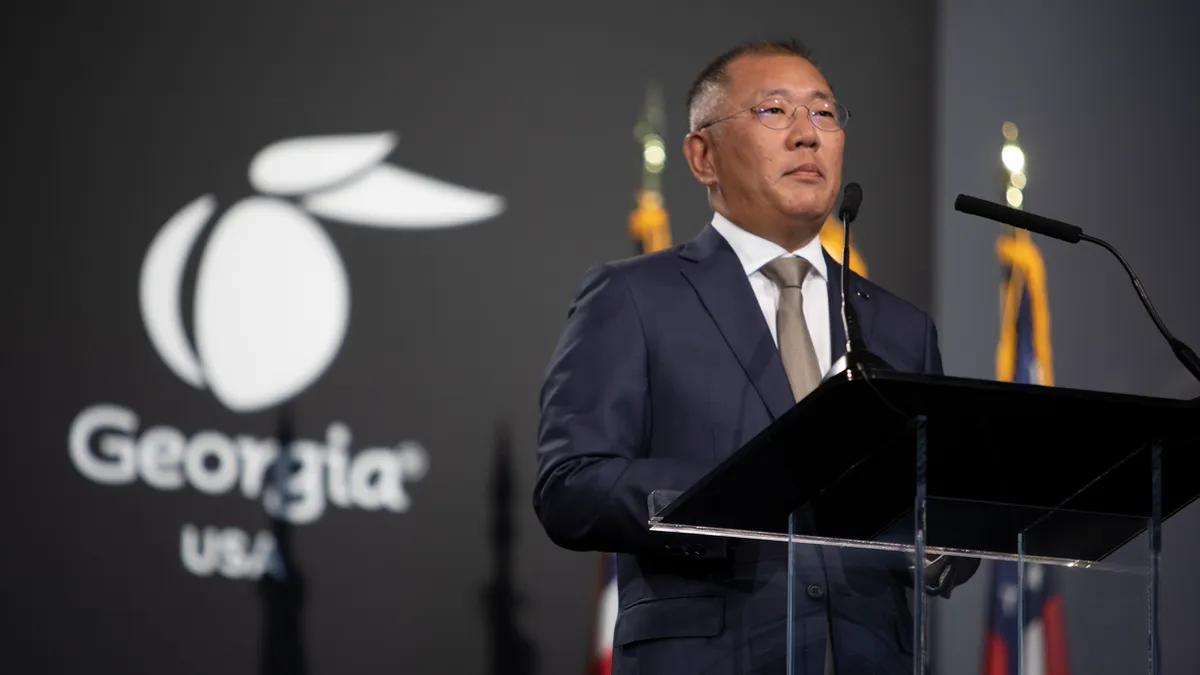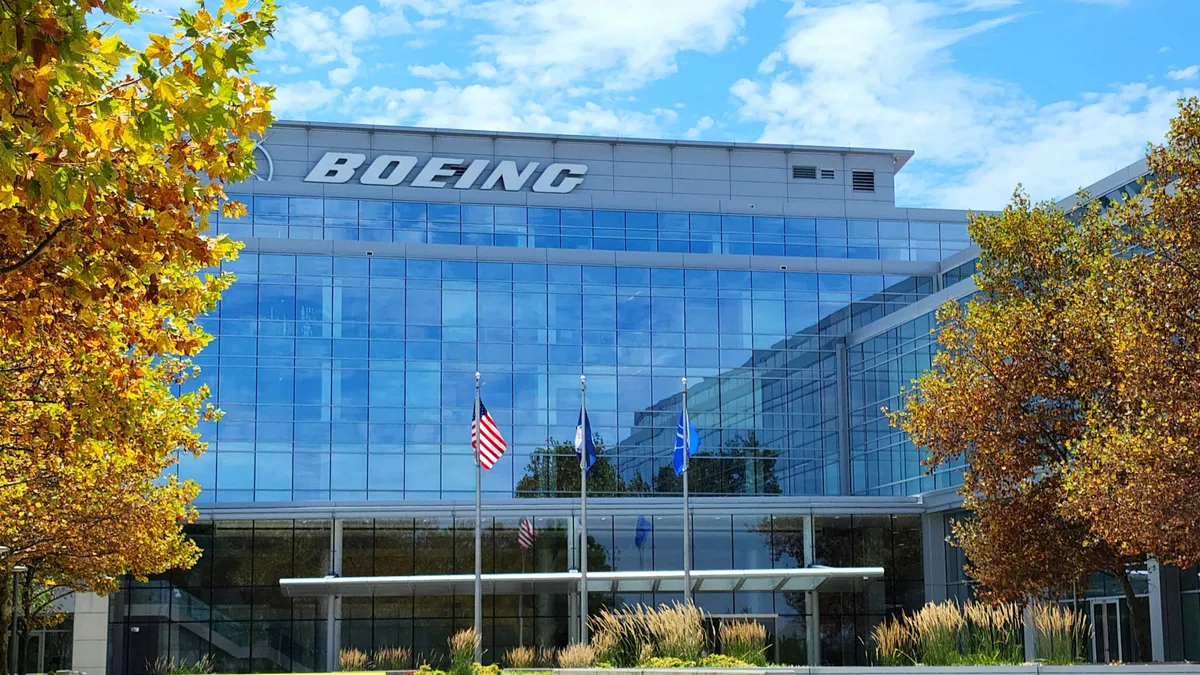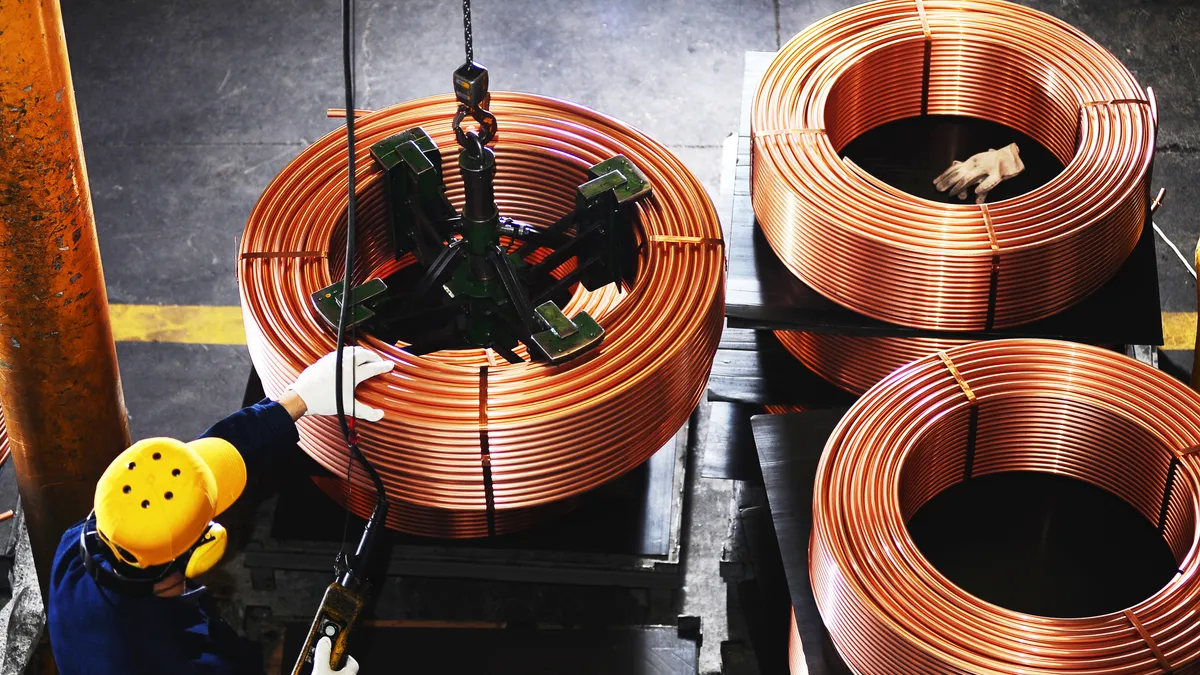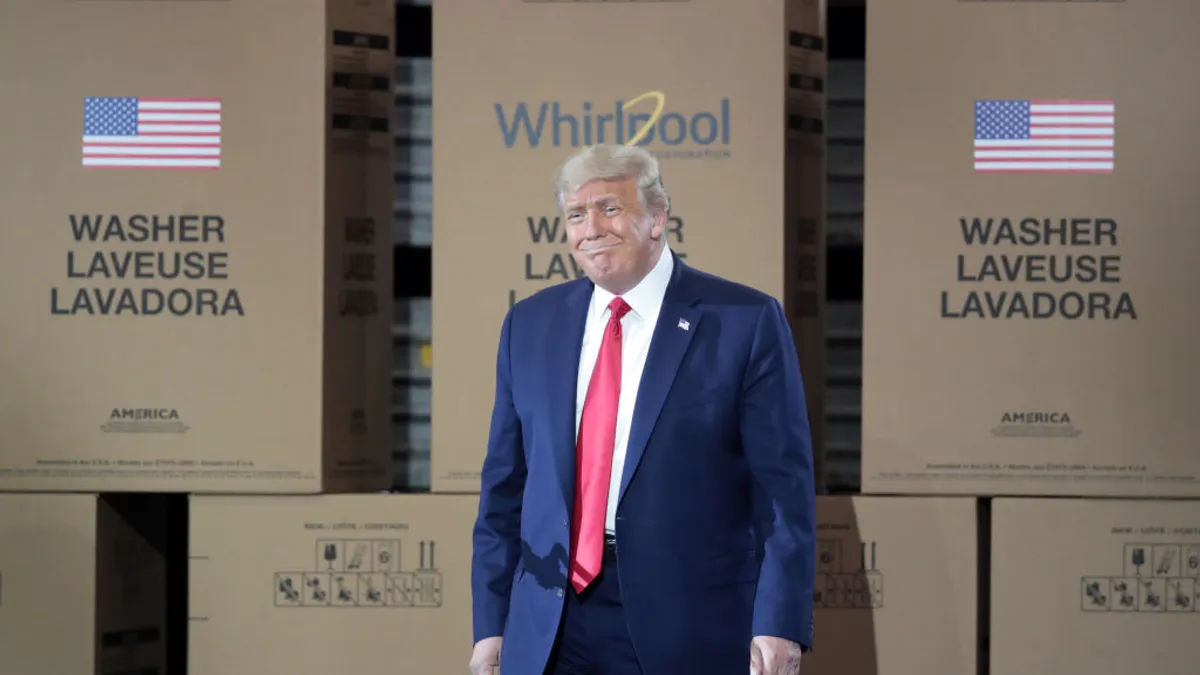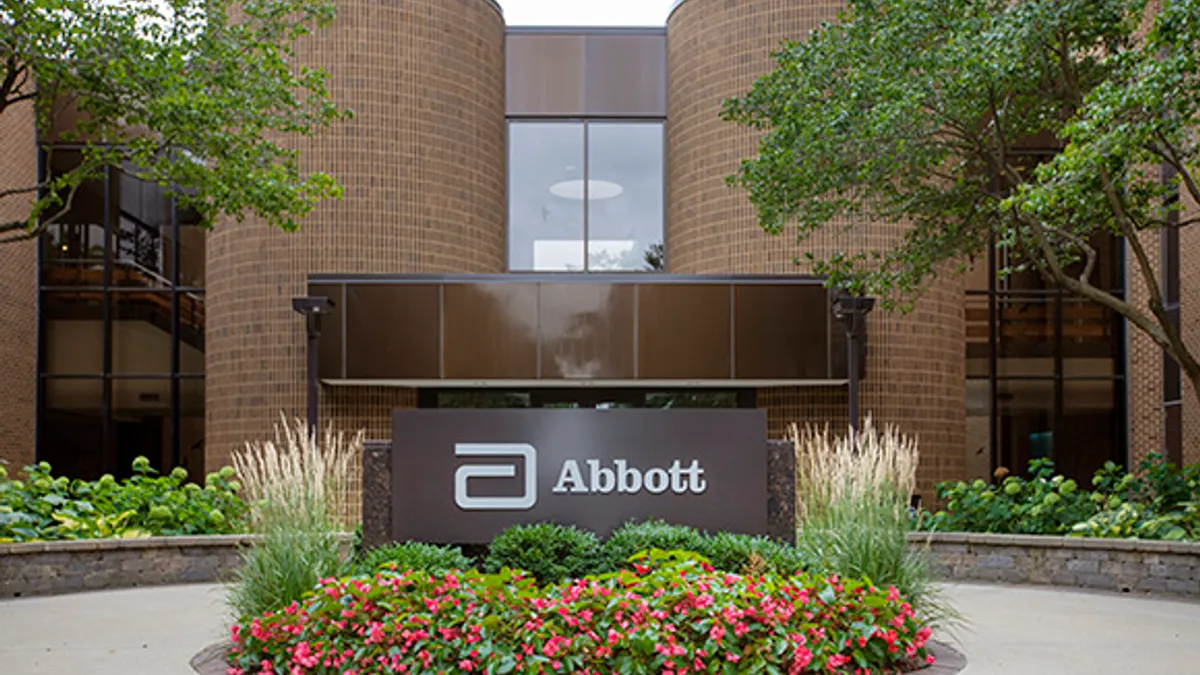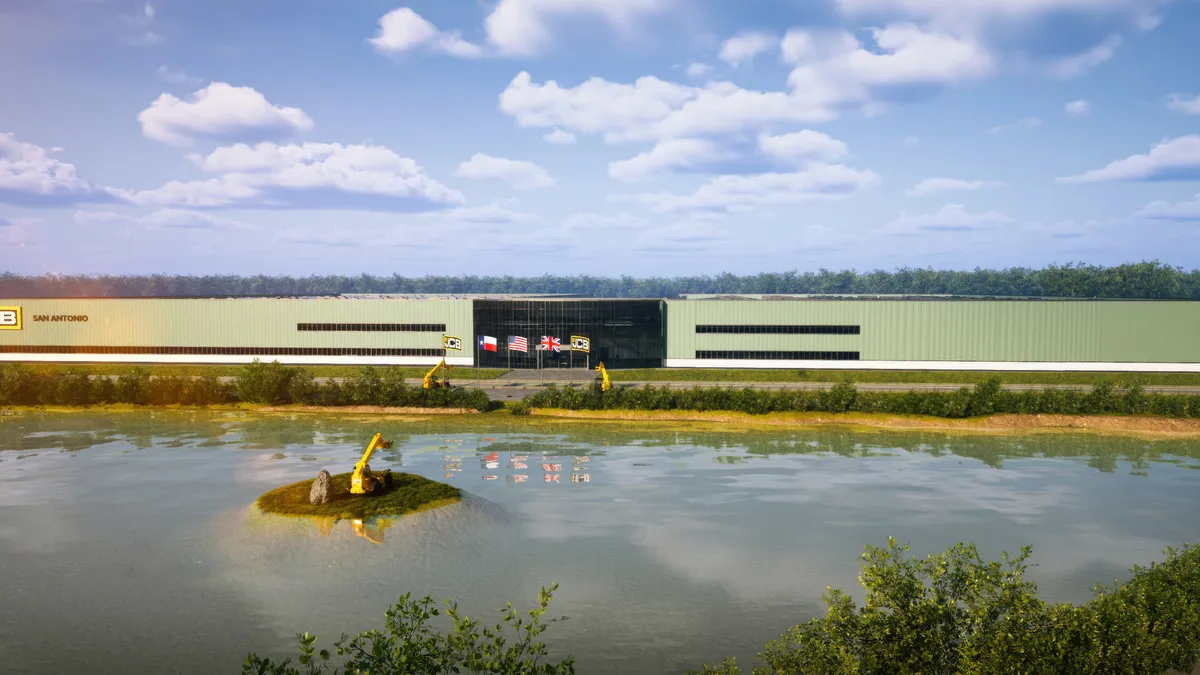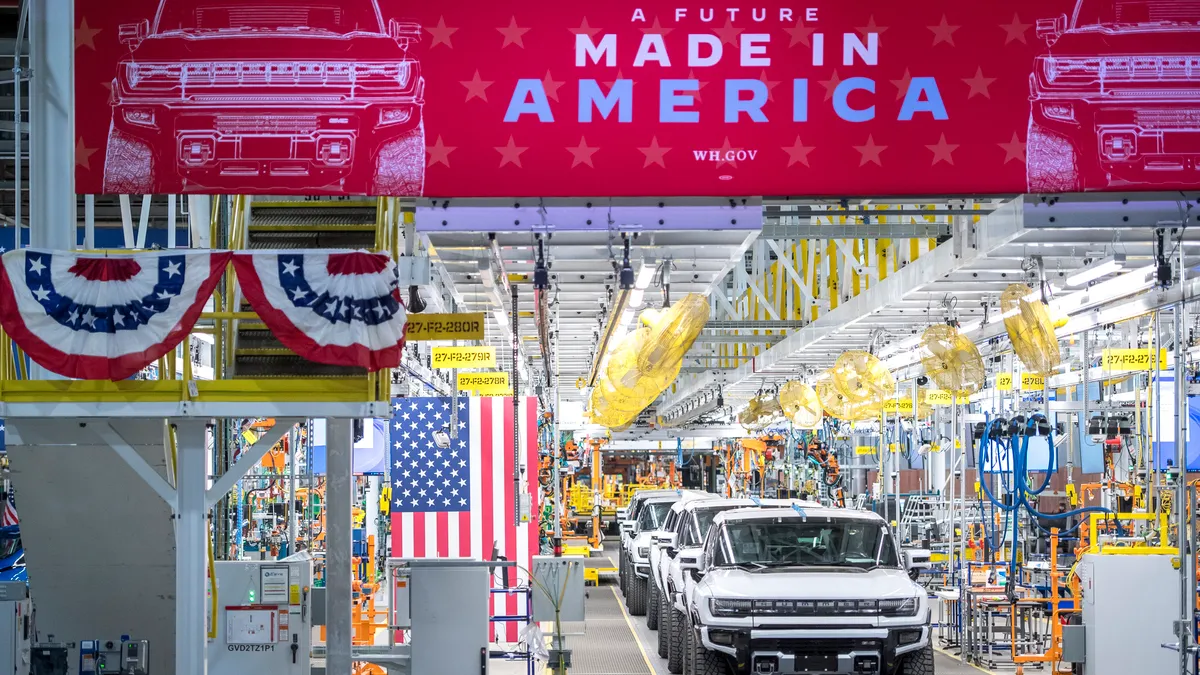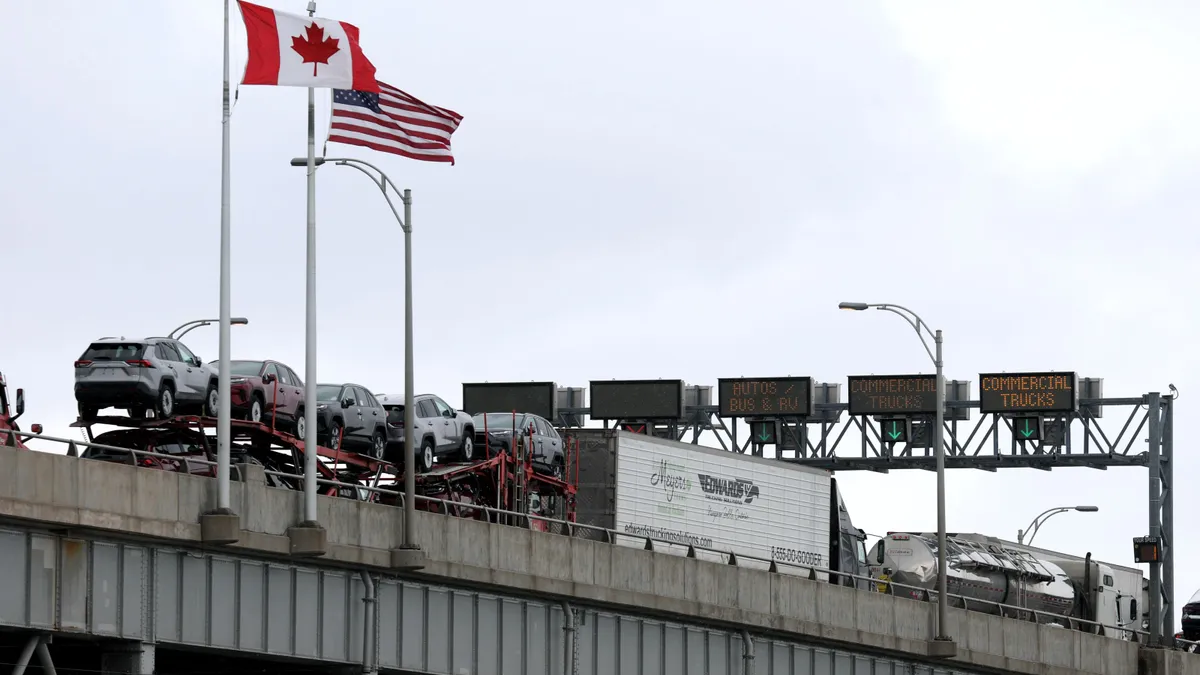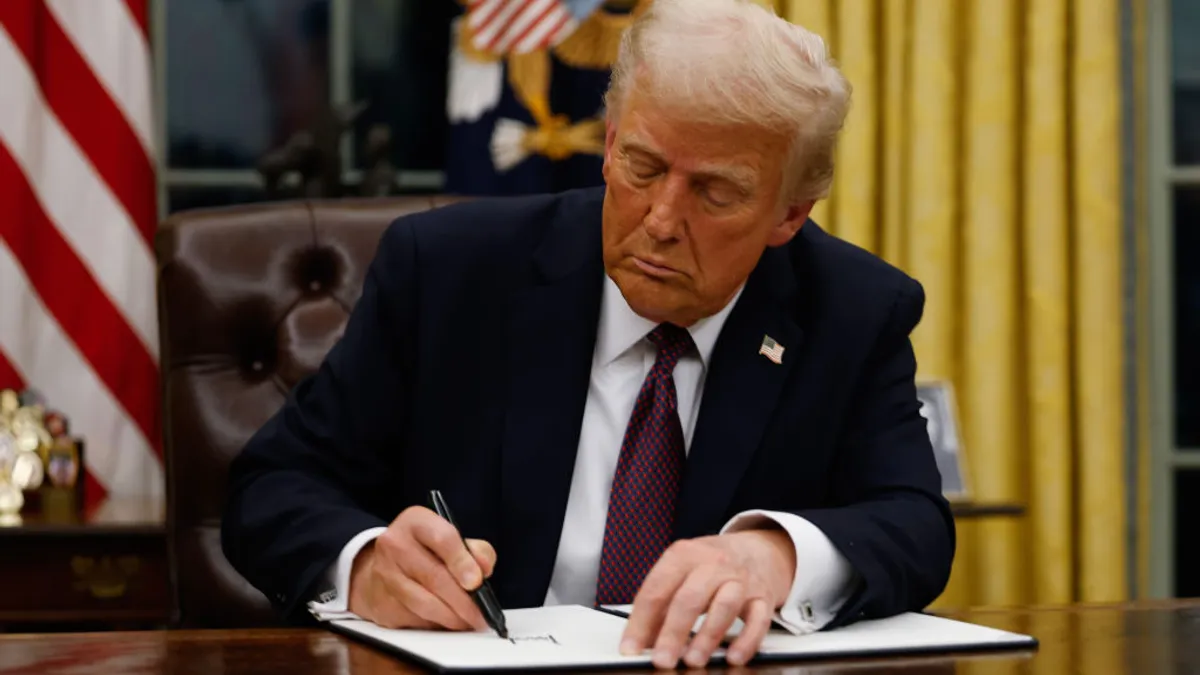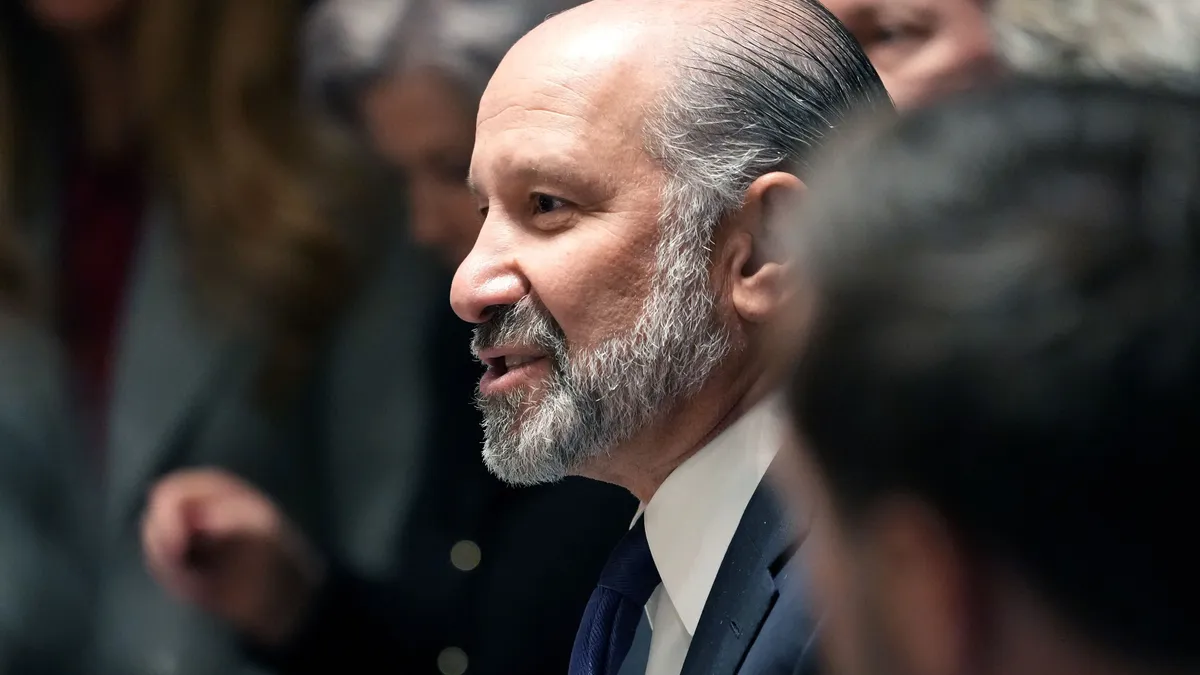The automotive industry’s road to electrification has led to some of the largest construction projects in recent memory.
In 2022, consumer preferences coupled with a regulatory push for a greener future saw many automakers pour billions of dollars into building factories dedicated to manufacturing electric vehicles. But slowing EV demand and a new Trump administration pose the question: Are these projects on track, or have automakers been forced to pivot?
“Everyone’s kind of waiting to see how the Trump administration handles the IRA incentives,” said Stephanie Valdez Streaty, director of Industry Insights at Cox Automotive. Trump froze Inflation Reduction Act funding disbursements on Jan 22., in line with his campaign promise to curtail the EV tax credits outlined in law, only two days after his swearing in.
“At the end of the day, these plants need to be profitable and if incentives for consumers go away, that could slow the pace of EV adoption and impact production,” Streaty said.
As automakers brace for federal policy shifts in the year ahead that could further impact operations, some have proactively adjusted to give themselves the flexibility needed to respond to an uncertain market.
Here’s where five major auto manufacturing projects stand heading into 2025.
Hyundai
- Product: EVs, hybrids
- Investment: $7.4 billion
- Location: Savannah, Georgia
- Timeline: Operations began in late 2024, with production expected to ramp-up in 2025.
Hyundai’s Georgia facility, known as the “Metaplant,” is the biggest economic development project in the state’s history. Originally meant to exclusively manufacture EVs, the automaker has shifted gears, diversifying the plant’s output to account for slower than expected EV demand.
“Two to three years ago, dedicated battery-electric only plants were in vogue,” said Mike Wall, executive director of automotive analysis for S&P Global Mobility. “What we’re seeing automakers do now, and Hyundai is a great example, is multi-energy plants: Being able to produce ICE, BEV, hybrid, and that gives you the best optionality as an automaker.”
The Savannah operation is currently producing the all-electric Ioniq 5 electric SUV, with a ramp-up expected this year. Hyundai plans to phase in traditional internal combustion engine or hybrid vehicles – like the Kia Sportage – in February 2026.
By Q3 2024, gas hybrids led the market with a 19% YoY increase, benefiting from price parity with ICE vehicles that make them a strong gateway to electric, Streaty said. She added that manufacturers need to adjust their output to meet this evolving demand, especially as the potential regulatory changes brought on by the Trump administration, may cause the adoption timeline for EVs to shift.
Ford
- Product: EVs and batteries
- Investment: $7 billion
- Location: Stanton, Tennessee
- Timeline: The site is expected to be operational this year, with vehicle production delayed until October 2027.
Ford broke ground on its EV campus in 2022, which includes a battery cell and vehicle assembly plant. In August 2024, the automaker pushed back its timeline for producing its next-generation electric pickup, originally scheduled to begin in 2025. The delay comes as Ford responds to more cost-conscious consumers and increased competition in the EV market, citing the retiming as an opportunity to integrate more cost-effective battery technology into the vehicle.
A huge part of the value of EVs is the battery, and prices have started to drop which can help lower the vehicle’s overall cost, Streaty said. Battery manufacturing at the campus remains on track for late 2025, producing cells for a new electric van. Ford has been working on building out a robust, in-house supply chain for EV components and recently closed on a $9.6 billion loan to fund construction of three U.S. battery plants.
Ford’s updated strategy also calls for scaling back annual spending on EVs by 10%. Despite these developments, analysts say the Stanton campus appears committed to EV-only operations.
General Motors
- Product: EVs
- Investment: $4 billion
- Location: Orion Township, Michigan
- Timeline: Retooling began in 2022, with production delayed until mid-2026.
The Orion Assembly plant is part of a $7 billion investment across four of General Motor’s Michigan sites as part of its strategy to repurpose ICE assembly plants for increased battery cell and EV manufacturing capacity while saving costs.
The automaker has delayed the timelines of several EV programs to better align production with consumer demand since the upgrades began, and Orion has felt the effects. The plant was previously slated to start production of the Chevrolet Silverado EV in late 2024, but it has been idle since the discontinuation of the Chevy Bolt.
“The programs that really kickoff production there are going to be the Silverado and Sierra EVs – they’re on the market right now but built elsewhere,” Wall said. “[Orion] is truly a BEV facility, maybe with a bit of fuel cell, so July 2026 is really when we have it starting with low volumes.”
Rivian
- Product: EVs
- Investment: $5 billion
- Location: Stanton Springs, Georgia
- Timeline: Expected to break ground in 2026.
Rivian paused construction of its Georgia site last March, and instead will prioritize capital for its existing facility in Normal, Illinois, where it now plans to produce the forthcoming R2 SUV in the first half of 2026.
Founder and CEO RJ Scaringe said the Georgia site remains key to scaling its EV portfolio. The company in January received final approval for a $6.6 billion loan from the Department of Energy, which will aid the company to get the stalled project back on track with construction slated to start in 2026 and vehicle production launching in 2028.
For now, capacity at the Normal plant should satisfy both the current R1S and R1T, the R2, the R3, as well as the commercial vans, according to S&P Global Mobility’s forecast.
“For the last several months, we’ve pulled that Atlanta facility out of the forecast. We’ve got just Normal, Illinois running,” Wall said.
However, Rivian could still set a date to restart construction in Georgia. But while the R2 is still in the prototype phase, it’s unclear if it warrants building a standalone facility based on current demand for its other EV models. Instead, Rivian could just optimize its existing Normal facility.
VinFast
- Product: EVs and batteries
- Investment: $4 billion
- Location: New Hill, North Carolina
- Timeline: Construction began in 2023, with production slated for 2028.
Vietnam-based EV startup VinFast had targeted production of its VF7 and VF8 SUVs for last July but the company recalibrated its timeline to “manage its short-term spending more effectively,” mitigating the risk of overcapacity in the current global EV market.
Europe has also experienced what Wall described as “lumpy” EV adoption, seeing a fair number of early adopters before demand began to taper off. Adding to the noise was Germany pulling EV incentives from the mix, leading to a sales dip.
“Here in the U.S., we’re taking a look at what’s happening in 2025 with incentives. How is that going to impact demand? We’re very much in a mushy middle, and I think we’re going to be in that for at least a few years,” Wall said.


